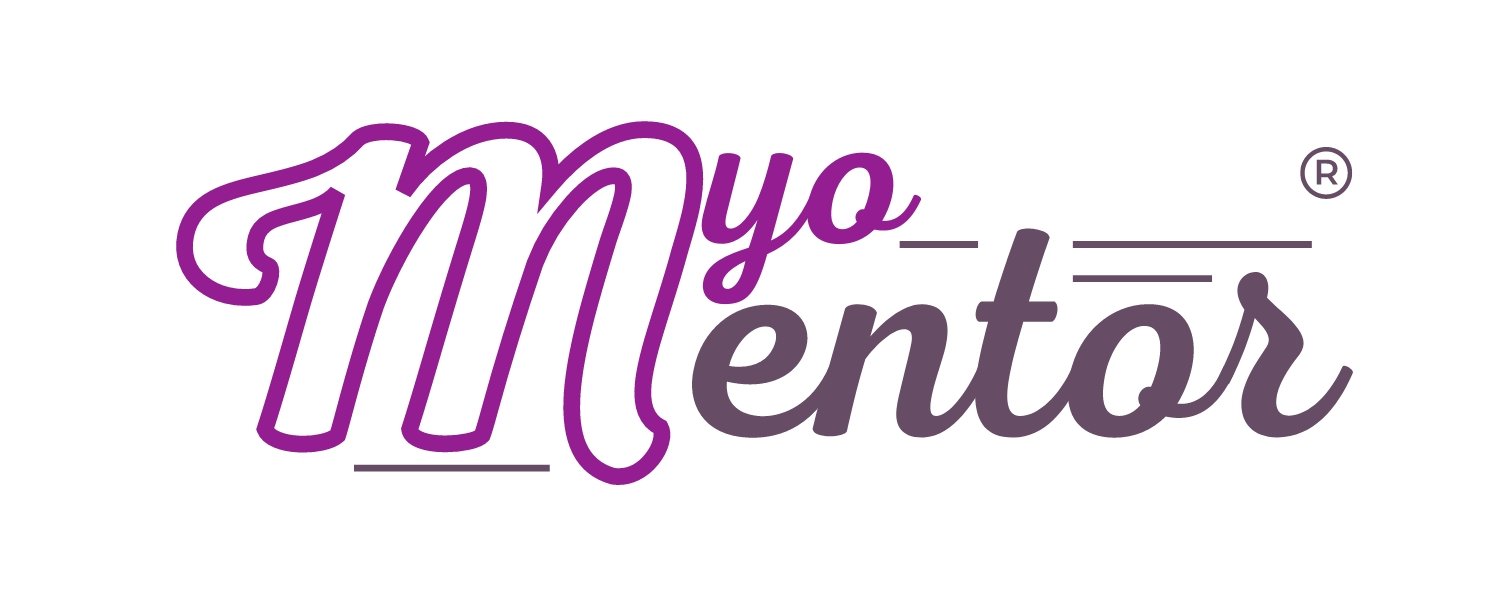The Myo Munchee is one of my favorite myofunctional therapy products. I’ve been using it in my practice for years, and for good reason. It works!
The Myo Munchee is designed to encourage chewing and to activate the muscles of mastication - the masseters, temporals, and medial and lateral pterygoids - as well as many of the facial muscles and lips
Chewing correctly is an important part of being a child. When we can get kids to chew, we can help encourage and promote optimal facial growth and jaw development. But in a world of soft foods specifically intended for babies and younger children, effective chewing isn’t always happening as often as it should be.
That’s why I suggest that many of my patients use the Myo Munchee with their children. I even include a Myo Munchee in the treatment kits for all of the patients in my Mini Myo programs for kids under five years of age.
Besides the obvious chewing-related benefits, Myo Munchees can also help with mouth breathing. When kids use a Munchee, they pretty much have to use their nose to breathe. And that’s important to me as a myofunctional therapist, especially when you consider my Four Goals of Myofunctional Therapy.
The Myo Munchee Global Tour
Years ago, I used to joke with my patients that I should work for the Myo Munchee company because I promote their products so much.
Now here I am, honored to be collaborating with them for their USA MyoMunchee Tour. I’ve met the Myo Munchee team at various conferences and seminars, and I’ve been able to get to know some of them quite well. So I was thrilled when the CEO, Mary Bourke, reached out and asked me to join them as a presenter on the USA leg of their upcoming global tour.
If you’re a myofunctional therapist, a doctor of any kind, a dentist or orthodontist, a speech pathologist, a dental hygienist, a body worker, or any other type of healthcare professional who is passionate about kids health, you should join me at one of the Myo Munchee courses starting on June 8th 2019.
These courses are described as “…the most comprehensive Myo Munchee education event ever. “Protocols for a New Generation” is the first of an international educational series for the long awaited Myo Munchee Manual. We will be presenting our clinical protocols from Dental, Myofunctional and Manual Therapy perspectives. This will be a unique opportunity to not only learn Myo Munchee best practices, but also to network with like-minded professionals to build your own referral system and team in your own city.”
We’ll be in Los Angeles, Seattle, Chicago, and Dallas, talking all about the Myo Munchee and how it can be used to help your patients. I hope to see you there!
Click here to find out more about the Myo Munchee Global Tour.
Click here to find out more about the product.
And here’s a video I shot a while back about the Myo Munchee:







